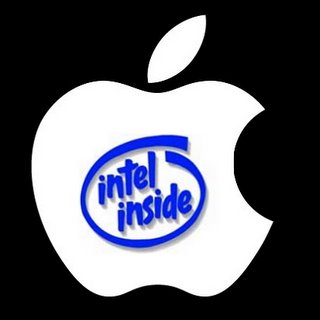
You’ll notice that the water taps read “hot,” “cold” and “Xanax”—Did you ever wonder what happens to all those prescription drugs you take after your body is done with them? You know, after you pee and poop them out? Well, according the latest technology, you drink it back in—and everything that everyone else is taking. It winds up in the water aquifer. The Los Angeles Times reports that traces of prescription drugs have been found in the drinking water aquifer under the San Gabriel Valley. It gets there from a sewage treatment plant via recycled stuff transported into a creek that feeds the aquifer. The water meets all government standards, in part because the standards don’t account for the presence of the drugs. The latest technology, however, can spot it all. To be sure, drinking a good cold glass of fresh water won’t give you a jolt of Viagra; we’re talking a few drops in an Olympic-sized swimming pool. But along with the Viagra you will find antibiotics, anti-psychotics, birth control pills and tranquilizers—whatever you and your neighbors are taking. Is this dangerous? Who knows. But in places where sewage treatment is less vigorous than LA, drinking water could be liquid drug stores. The effect on animals may be worse. Scientists have found frogs on Prozac, insects with anti-seizure drugs, and androgynous fish altered by birth control pills.
 Staying smug even with Intel inside—A logical question arises with the introduction of the first Apple computers with Intel microprocessors inside: will we Mac users' computers slide into the unbridled chaos enjoyed by the vast masses using Windows on Intel machines? No. Not yet, anyway. Macs have been safer for two good reasons: one, there are far fewer of them so they remain under the radar of the malicious class, and two, it is much harder to hack a Mac than a Windows machine. Both reasons remain: while Apple’s market share has begun to rise, it is still small enough to make it easy to ignore—you get much more bang for the buck crashing Windows computers—and, the presence of Intel microprocessors won’t make a technical difference. The vulnerability of Wintel computers is in Windows, not Intel. The weak link is the program. The present version is sloppily written and the new one coming out next year shows no sign of being a major advance. The program isn’t even out yet and there are already viruses that work on it. The new Intel Macs will still be using the Unix-based Mac OS-X, which is much tighter, more secure and much harder to break into. If Apple continues to gain market share, that might draw some attention from the bad guys, but they will have to work much harder to get anything to work. For a good technical look at why it will be so hard, click here. The fact remains, there are still no viruses or spyware that work on Macs and the new computers won’t be any more vulnerable. There are vulnerabilities in the Mac system, 33 reported in the last year alone. But Apple is much faster than Microsoft getting security patches out, and there is still that market share. Ah, but what happens if you run Windows on the Intel Macs, which apparently is possible? No one knows. But why would you want to do that in the first place?
Staying smug even with Intel inside—A logical question arises with the introduction of the first Apple computers with Intel microprocessors inside: will we Mac users' computers slide into the unbridled chaos enjoyed by the vast masses using Windows on Intel machines? No. Not yet, anyway. Macs have been safer for two good reasons: one, there are far fewer of them so they remain under the radar of the malicious class, and two, it is much harder to hack a Mac than a Windows machine. Both reasons remain: while Apple’s market share has begun to rise, it is still small enough to make it easy to ignore—you get much more bang for the buck crashing Windows computers—and, the presence of Intel microprocessors won’t make a technical difference. The vulnerability of Wintel computers is in Windows, not Intel. The weak link is the program. The present version is sloppily written and the new one coming out next year shows no sign of being a major advance. The program isn’t even out yet and there are already viruses that work on it. The new Intel Macs will still be using the Unix-based Mac OS-X, which is much tighter, more secure and much harder to break into. If Apple continues to gain market share, that might draw some attention from the bad guys, but they will have to work much harder to get anything to work. For a good technical look at why it will be so hard, click here. The fact remains, there are still no viruses or spyware that work on Macs and the new computers won’t be any more vulnerable. There are vulnerabilities in the Mac system, 33 reported in the last year alone. But Apple is much faster than Microsoft getting security patches out, and there is still that market share. Ah, but what happens if you run Windows on the Intel Macs, which apparently is possible? No one knows. But why would you want to do that in the first place?
No comments:
Post a Comment